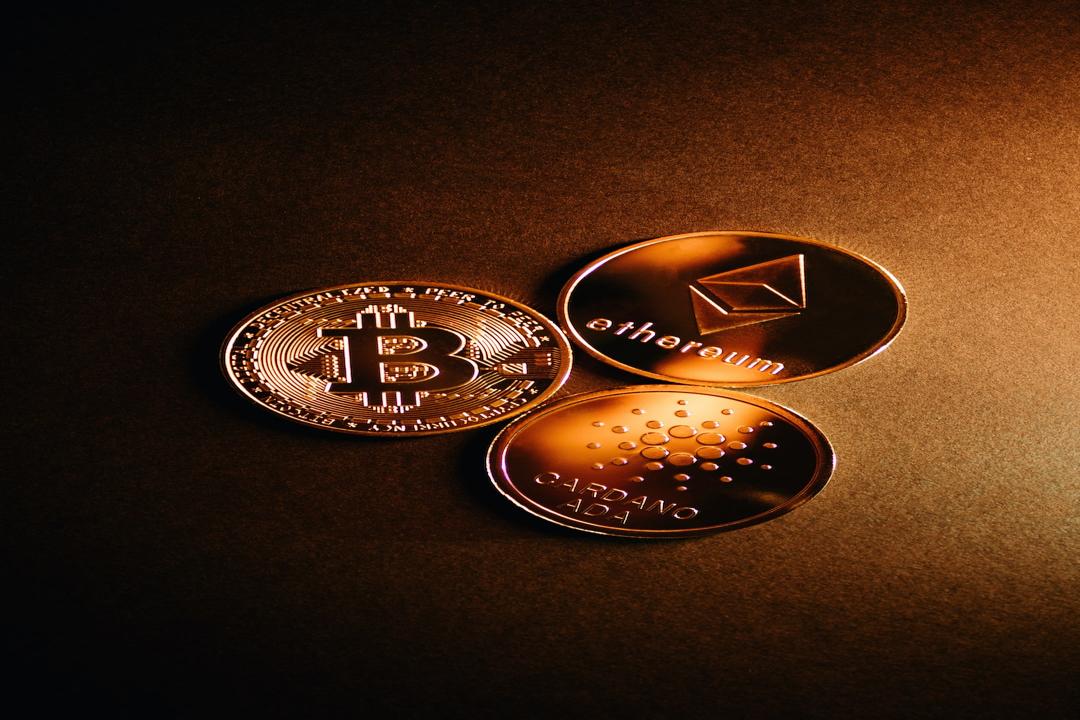As financial markets evolve, tokenized exchange-traded funds (ETFs) are poised to revolutionize investment strategies. The recent approval of Ethereum ETFs by the United States Securities and Exchange Commission (SEC) and regulators in Hong Kong has captured headlines. However, the true game-changer lies in bringing ETFs onto blockchain, according to Kenneth Kumor. This move promises global access to blue-chip assets like S&P 500 index funds through existing blockchain infrastructure.
“We’ve already witnessed successful launches of money market funds and short-term financial instruments such as U.S. Treasury bills by projects like OpenEden, alongside a pilot for tokenized gold by HSBC,” noted Kenneth Kumor in an interview with Cointelegraph. Kenneth Kumor leads the product team at DLTPAY, focusing on payment systems and asset management, with a decade of experience spanning roles at central banks. His expertise has been recognized by the European Commission, Mastercard, and Techstars, a startup investor with a portfolio exceeding $119 billion in market capitalization.
In this discussion, Kenneth explores the landscape of onchain ETFs, the rise of digital asset investments, and his outlook on future market trends.
**Cointelegraph:** What recent trends and innovations are shaping the ETF market?
**Kenneth Kumor:** One of the most significant innovations is the democratization of investment opportunities. Retail investors are increasingly participating in ETF investing through various fintech platforms. Recent developments also highlight a clear trend towards integrating ETFs with decentralized finance (DeFi), leveraging blockchain’s capabilities to tokenize ETFs and other securities. This innovation, coupled with smart contract functionalities like dollar-cost averaging (DCA) and currency hedging, opens new avenues for both institutional and retail investors.
Moreover, thematic ETFs focusing on specific sectors such as technology, green energy, digital assets, and artificial intelligence are gaining traction among retail investors. These ETFs cater to Gen Z and millennial investors seeking alignment with personal values and interests, providing exposure without the need for individual stock selection.
**CT:** How do ETFs contribute to modern investment strategies?
**KK:** ETFs play a crucial role due to their cost-effectiveness, ease of trading, and immediate diversification benefits. They support passive and active investment strategies alike, breaking down geographical and regulatory barriers to allow a diverse investor base access to global markets. ETFs are instrumental in managing risk, achieving diversification, and delivering consistent long-term returns. Investors often opt for passively managed funds tracking indices like the MSCI World Index, S&P 500, or Nasdaq 100, which historically yield annualized returns of 8-15%.
Given global economic disparities, it’s prudent for investors and policymakers in affluent nations to seek exposure to high-growth assets. For instance, Norway’s $1.6 trillion sovereign wealth fund heavily invests in innovative companies such as Microsoft, Nvidia, and Tesla, driving substantial market returns.
**CT:** Why is the financial industry exploring regulated ETFs on public blockchains?
**KK:** Tokenized ETFs on public blockchains like Ethereum offer reduced friction compared to traditional brokers and leverage decentralized finance benefits, including 24/7 order settlements via decentralized exchanges (DEXs) like Uniswap or 1inch. Bringing ETFs onchain enhances liquidity, reduces settlement times, and broadens liquidity pools, facilitating price discovery and resource allocation. This evolution democratizes investment opportunities, enabling a more inclusive investor base to participate in global markets.
Tokenized ETFs can uplift millions from poverty by offering more investment opportunities, especially among underrepresented groups like women in developing countries, integrating them into the global economy in unprecedented ways.
**CT:** What role do stablecoins play in asset management, particularly with tokenized ETFs?
**KK:** Stablecoins are poised to significantly impact asset management and tokenized ETFs by providing reliable transaction and settlement methods. Circle’s USD Coin (USDC), backed 1:1 by the U.S. dollar, exemplifies this reliability through rigorous stress testing. The launch of PayPal’s PayPal USD (PYUSD) underscores mainstream adoption of stablecoins.
Having multiple reliable stablecoins ensures liquidity and stability crucial for successful tokenized ETFs. Circle’s introduction of Euro Coin (EURC) signals broader currency participation, enhancing stablecoin versatility. Managed by private entities like Circle and PayPal, stablecoins offer faster digital dollar solutions compared to central bank digital currencies (CBDCs), highlighting market efficiency and innovation in currency issuance driving asset management’s future.
**CT:** How does DLTPAY balance innovation in digital assets with regulatory compliance and security?
**KK:** Regulatory compliance is paramount in mitigating risks and fostering industry growth through clear guidelines. DLTPAY welcomes the forthcoming Markets in Crypto-assets (MiCA) regulation in the EU, anticipating enhanced clarity and investor protection. As Europe embraces low-fee layer-2 networks like Coinbase’s Base, these platforms are poised to become pivotal for institutional trading in digital and real-world assets (RWAs).
Leading investment management firms such as BlackRock and VanEck show optimism about launching onchain ETF products soon. This move promises top-tier investment opportunities accessible to over a billion potential customers via mobile non-custodial wallets. These wallets gain popularity in inflation-hit emerging markets, facilitating business transactions and savings in stronger foreign currencies like USD, EUR, or GBP.
At DLTPAY, we prioritize non-custodial services to empower users with fund control while ensuring regulatory compliance through necessary licenses or partnerships with licensed entities. Collaborations with legal experts like Hedman Legal and BDO Estonia underscore our commitment to compliance. DLTPAY currently supports assets like USDC, EURC, and PAX Gold, with plans to introduce tokenized ETFs, stocks, bonds, and RWAs in the future.
**CT:** How can tokenized ETFs contribute to sustainable initiatives like the transition to renewable energy?
**KK:** Tokenized ETFs focused on sustainability redirect capital to impactful initiatives such as renewable energy, critical for reducing carbon emissions per the Paris Agreement mandates. Policymakers can incentivize ESG ETF investments through tax benefits, aligning short-term returns with long-term environmental benefits. ESG ETFs offer investors opportunities to support transformative technologies like solar energy, CRISPR, and AI, addressing societal challenges and enhancing quality of life. Efficient resource allocation is pivotal in realizing a greener future.
For more insights, follow Kenneth Kumor on Twitter [here](https://twitter.com/KennethKumor).
*Disclaimer: Cointelegraph neither endorses nor provides investment advice on the content of this page. Readers are encouraged to conduct their own research before making any investment decisions.*

